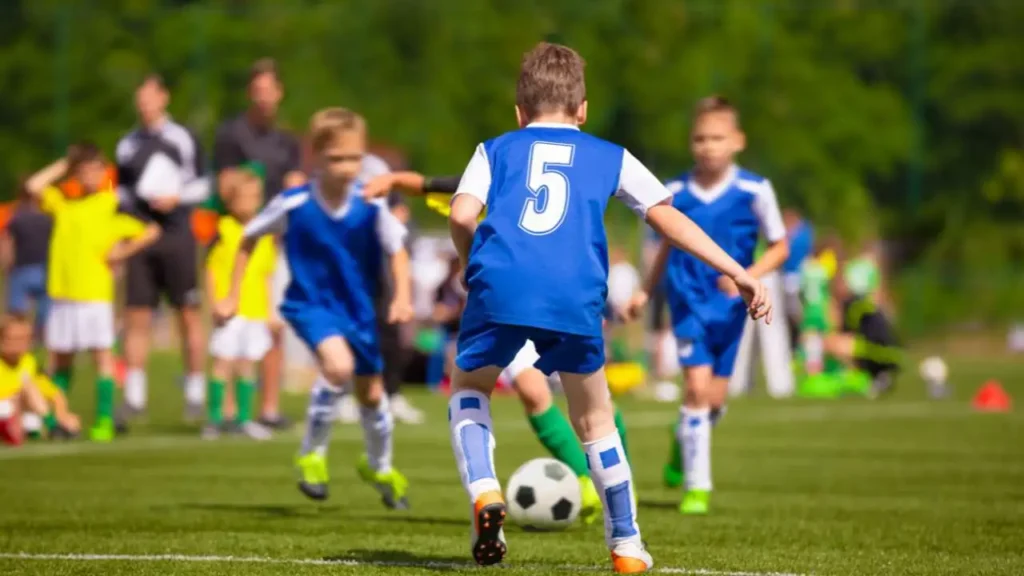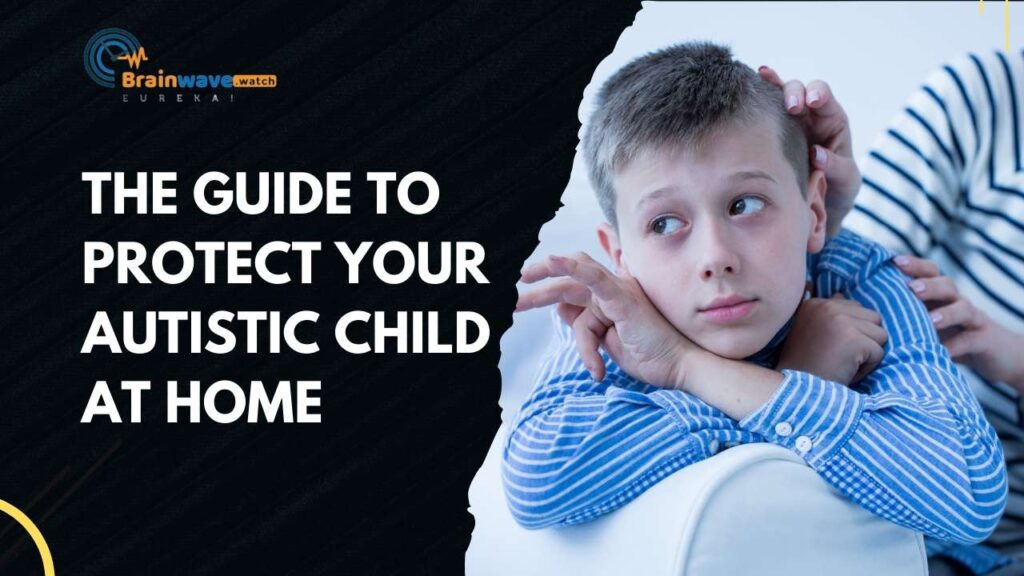Autism spectrum disorder affects approximately 1 in 54 children in the United States. It often impacts sensory processing and social interactions, making certain environments challenging. Choosing the right sports is crucial for autistic kids, as it can foster positive experiences and personal growth. While some sports may overwhelm, others can provide structured, supportive settings.
1. Basketball
Basketball’s fast pace and constant movement can be overwhelming for autistic children. The quick transitions and rapid gameplay might lead to sensory overload. Additionally, the sport is often played in loud gymnasiums with echoing sounds, which can be distressing for those sensitive to noise.
With basketball, crowded environments are common, whether in games or practice sessions. For some autistic kids, these bustling settings can be intimidating and challenging to navigate. A parent shared, “My child found the constant noise and movement in basketball games too much to handle. It was just too chaotic for him.”
Considering these factors, it’s vital to assess if basketball aligns with the comfort levels and needs of autistic children. Finding a sport that minimizes sensory overload and offers a more predictable environment can lead to a more positive experience.
2. Soccer
Soccer is a sport that requires strong team communication and quick decision-making. For autistic children, this can pose a significant challenge as they may struggle with processing fast-paced interactions and understanding social cues.
The need to quickly assess the field, communicate with teammates, and make split-second decisions can be overwhelming.
Soccer is played on large fields with unpredictable ball movements, adding to the complexity. The vast space and constant motion can make it difficult for some autistic kids to focus and maintain their position. This unpredictability can lead to anxiety and discomfort.
| Sport | Sensory Challenges |
|---|---|
| Basketball | Loud noises, fast pace |
| Soccer | Large fields, unpredictable movements |
| Swimming | Water sensitivity, noise |
For those seeking a more suitable alternative, sports like track and field or swimming may offer a more structured environment with less sensory overload, allowing autistic children to participate comfortably and confidently.
3. Swimming
Swimming is often considered a great sport for its low-impact exercise benefits and individual focus. However, it can present unique challenges for autistic children.
Many may experience sensory sensitivity to water, finding the sensation of being submerged overwhelming. Additionally, the echoes and noise levels in pools can create an uncomfortable auditory environment.
The risk of sensory overload increases in crowded pools, where the combination of splashing, noise, and movement can be difficult to cope with. These factors might make it challenging for some autistic kids to relax and enjoy the activity.
“While swimming can be therapeutic, it’s essential to consider the child’s comfort with water,” says swim instructor Jane Doe. “Understanding their sensory needs helps make the experience positive.”
Despite these challenges, with the right support and environment, swimming can still be a rewarding sport for some autistic children, offering both physical and therapeutic benefits.
4. Martial Arts
Martial arts can offer a structured environment that benefits many children, including those with autism.
The discipline and routine inherent in martial arts can promote focus and self-control. However, it also presents certain challenges that may not suit every autistic child.
- Pros: The structured nature of classes can help with predictability and routine. It also promotes physical fitness and self-discipline.
- Cons: Physical contact is a core component, which can be distressing for those sensitive to touch. Coordination demands may also be challenging for some.
- Cons: Competitive settings can lead to overstimulation due to crowds and noise, potentially overwhelming the child.
When considering martial arts, it’s crucial to assess whether the child can handle the physical and sensory demands. Tailored approaches and supportive instructors can make a significant difference.
5. Hockey
Hockey is a thrilling sport, but its fast-paced nature and frequent physical contact can be overwhelming for autistic kids. The rapid movements and intense gameplay can lead to sensory overload, making it challenging for those sensitive to such stimuli.
Hockey arenas are known for their loud environments. Noise levels can often exceed 100 decibels during games, which can be distressing for children with heightened auditory sensitivity. The cold environment adds another layer of sensory challenge, as not all children are comfortable with low temperatures.
For those interested in hockey without the sensory overload, consider alternatives like floor hockey or street hockey. These variations offer a similar experience but in a more controlled and less intense setting, allowing for better accommodation of individual needs.
6. Tennis
Tennis is a sport that demands quick reflexes and fast decision-making, which can be particularly challenging for autistic children.
The constant need to anticipate and react swiftly to the ball can create overwhelming pressure. This sport requires intense focus, with players needing to remain vigilant throughout the match.
Unlike team sports, tennis is an individual endeavor where the spotlight is solely on the player. This dynamic can heighten anxiety for those who might struggle under direct attention and pressure. The relentless back-and-forth movement on the court can also be overstimulating.
| Individual Sports Challenges |
|---|
| Quick reflexes and decision-making |
| Constant movement and focus |
| Pressure from individual performance |
For those considering tennis, it’s crucial to weigh these factors and perhaps explore alternative sports that offer a more controlled environment.
7. Gymnastics
Gymnastics is a sport that demands high levels of coordination and focus, which can pose significant challenges for autistic children. The intricate movements and precision required can be overwhelming, especially for those who may struggle with motor planning and coordination.
The sensory sensitivity to the apparatus, such as beams and rings, and the overall environment can add to the difficulty. The bright lights, loud music, and bustling atmosphere can contribute to sensory overload. As noted by a gymnastics coach,
“The pressure of competitions can amplify these sensory sensitivities, making it tough for some kids to fully enjoy the experience.”
While gymnastics offers a beautiful display of skill and grace, it’s crucial to consider these factors when deciding if it’s the right fit for an autistic child. Exploring other sports with a more controlled setting might be beneficial.
Why These Sports May Be Challenging
Autistic kids often face unique sensory and social challenges that can make certain sports difficult. Understanding these challenges is crucial for making informed decisions. Many of the sports mentioned, such as basketball, soccer, and hockey, involve elements that may not align with their needs.
- Sensory Overload: Loud noises, bright lights, and chaotic environments can overwhelm autistic children.
- Social Interaction: Sports requiring strong communication and teamwork may be daunting.
- Physical Contact: Sports like martial arts and hockey involve frequent contact, which can be uncomfortable.
Recognizing these challenges helps in choosing activities that cater to their individual needs. Every child is different, and what may be challenging for one might be suitable for another. Therefore, understanding and appreciating these differences is key to helping them thrive in sports.
Alternative Sports Options
Choosing the right sport can make a world of difference for autistic children. Sports with less sensory overload and more structure are often beneficial. Here are some options that might be more suitable:
- Swimming: While competitive swimming might be overwhelming, casual swimming offers a calming environment.
- Track and Field: Focuses on personal achievement with minimal sensory distractions.
- Bowling: Provides a structured and predictable environment with minimal noise.
- Golf: Involves individual focus and is played in peaceful settings.
| Sport | Benefits |
|---|---|
| Swimming | Calm and soothing; low sensory input |
| Track and Field | Individual focus; structured events |
| Bowling | Predictable environment; social but controlled |
| Golf | Peaceful settings; individual concentration |
These sports offer a balance of structure and predictability, helping to create a positive and engaging experience for autistic children.
Expert Advice on Choosing Sports
Selecting the right sport for an autistic child can be a nuanced process. Consulting with therapists and coaches is crucial, as they can provide insights into the child’s sensory and social needs.
A child psychologist notes, “Understanding each child’s unique profile is key to finding the right sport.” This collaboration ensures that the chosen activity aligns with the child’s abilities and interests.
Parental involvement plays a significant role in this journey. Parents are encouraged to observe their child’s reactions to different sports and environments.
This hands-on approach allows them to assess what works and what doesn’t. The importance of trial and error cannot be overstated; it might take several attempts to find the perfect fit.
By staying patient and open-minded, parents can help their children discover a sport that not only suits them but also brings joy and growth.
Conclusion
Choosing the right sport for an autistic child is crucial to their enjoyment and development. It’s important to focus on personalized sport selection that caters to the child’s unique sensory and social needs. Being open-minded and willing to experiment with different sports can lead to discovering unexpected passions and talents.
Remember, the journey of finding the perfect sport is a process of exploration and growth. By embracing this journey with patience and optimism, you can help your child find a fulfilling and enjoyable activity.







